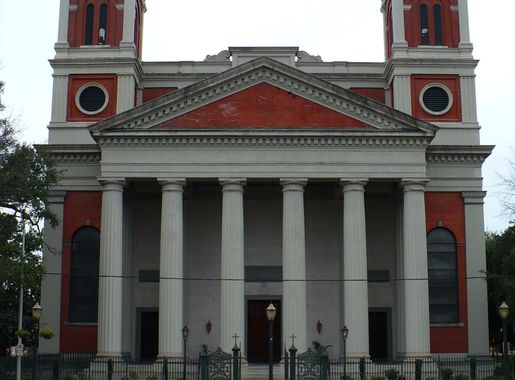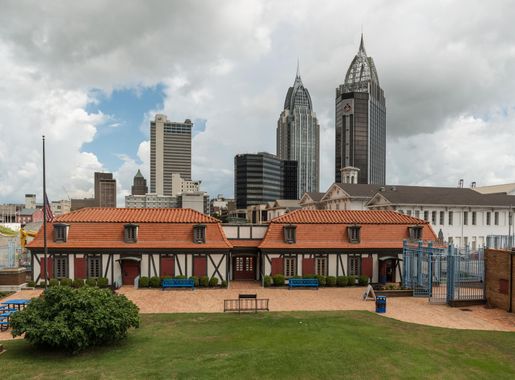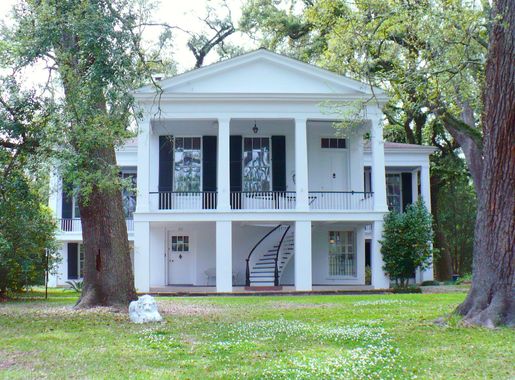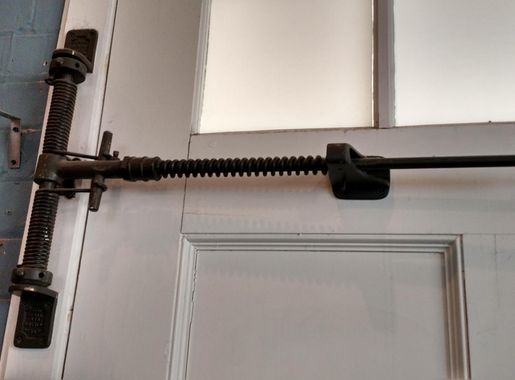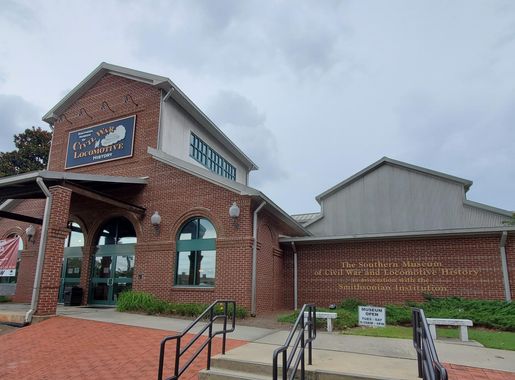
Historic Charm of Mobile's Historic District
Discover Mobile's Historic District: A charming blend of antebellum architecture, rich history, and vibrant cultural events, perfect for history lovers and casual explorers alike.
Welcome to the Historic District in Mobile, Alabama, a charming area that transports you back in time with its well-preserved architecture and rich history. This enchanting district is known for its beautifully restored antebellum homes, cobblestone streets, and lush, Spanish moss-draped oak trees. As you stroll through the neighborhood, you'll be captivated by the grandeur of the historic mansions and the stories they hold, reflecting Mobile's vibrant past and cultural heritage. A visit to the Historic District is not complete without exploring its many museums and historic sites. The Mobile Carnival Museum offers a deep dive into the history of Mardi Gras, showcasing elaborate costumes and floats. Meanwhile, the Oakleigh Historic Complex provides a glimpse into 19th-century life with its stunning Greek Revival mansion and surrounding gardens. The district is also home to a variety of art galleries, antique shops, and quaint cafes, making it the perfect place to spend a leisurely day soaking in the local culture. The Historic District is also known for its lively events and festivals. From the annual Mobile Bay Jubilee to the many parades and street fairs, there's always something happening that celebrates the city's unique traditions and community spirit. Whether you're an avid history buff, a lover of architecture, or simply looking for a picturesque place to unwind, the Historic District in Mobile promises an unforgettable experience.
Local tips in Historic District
- Wear comfortable walking shoes to explore the cobblestone streets and historic sites.
- Visit the Mobile Carnival Museum for a fascinating look into the history of Mardi Gras.
- Check the local event calendar for festivals and parades during your visit.
- Stop by a local cafe for a taste of Southern hospitality and regional cuisine.
- Bring a camera to capture the stunning architecture and picturesque scenery.
Historic Charm of Mobile's Historic District
Welcome to the Historic District in Mobile, Alabama, a charming area that transports you back in time with its well-preserved architecture and rich history. This enchanting district is known for its beautifully restored antebellum homes, cobblestone streets, and lush, Spanish moss-draped oak trees. As you stroll through the neighborhood, you'll be captivated by the grandeur of the historic mansions and the stories they hold, reflecting Mobile's vibrant past and cultural heritage. A visit to the Historic District is not complete without exploring its many museums and historic sites. The Mobile Carnival Museum offers a deep dive into the history of Mardi Gras, showcasing elaborate costumes and floats. Meanwhile, the Oakleigh Historic Complex provides a glimpse into 19th-century life with its stunning Greek Revival mansion and surrounding gardens. The district is also home to a variety of art galleries, antique shops, and quaint cafes, making it the perfect place to spend a leisurely day soaking in the local culture. The Historic District is also known for its lively events and festivals. From the annual Mobile Bay Jubilee to the many parades and street fairs, there's always something happening that celebrates the city's unique traditions and community spirit. Whether you're an avid history buff, a lover of architecture, or simply looking for a picturesque place to unwind, the Historic District in Mobile promises an unforgettable experience.
Iconic landmarks you can’t miss
Bragg-Mitchell Mansion
Discover the elegance and history of Bragg-Mitchell Mansion, a stunning 19th-century landmark in Mobile, Alabama, perfect for history enthusiasts and culture seekers.

Oakleigh House Museum
Explore the enchanting Oakleigh House Museum in Mobile, Alabama, a historical gem showcasing 19th-century architecture and captivating stories of the past.
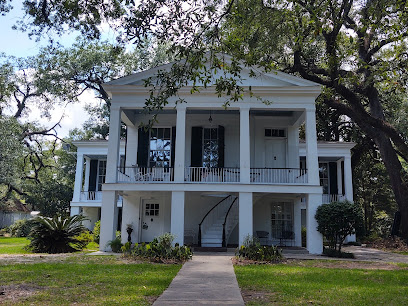
Historic Mobile Preservation Society
Explore the Historic Mobile Preservation Society - A Journey Through Mobile's Rich Cultural Heritage and Southern History.
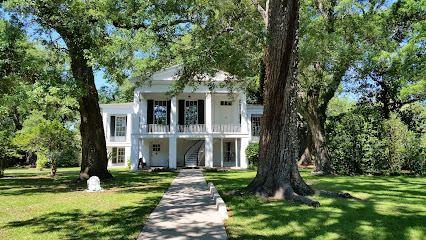
Midtown Historic District
Discover the rich history and Southern charm of Midtown Historic District in Mobile, Alabama, where stunning architecture meets vibrant community spirit.
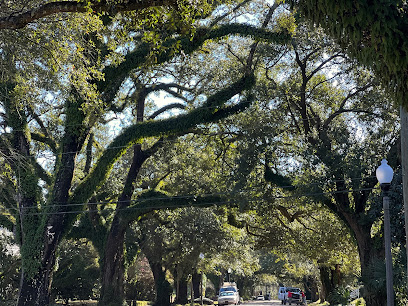
Welcome to Mobile Alabama Mural
Explore the vibrant Welcome to Mobile Alabama Mural, a historical landmark that showcases the city's rich culture and artistic spirit in Mobile, Alabama.
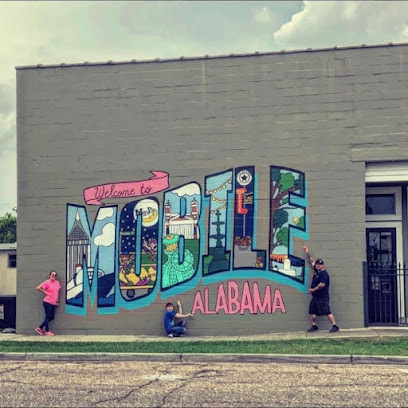
Monterey Place
Explore the rich history and stunning architecture of Monterey Place, a captivating landmark in Mobile, Alabama's historic district.
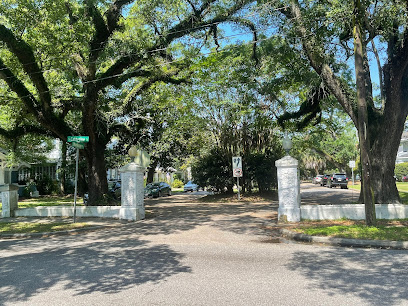
Raphael Semmes House
Uncover the legacy of Raphael Semmes at the historic Raphael Semmes House in Mobile, Alabama, a gem of Southern heritage and architecture.
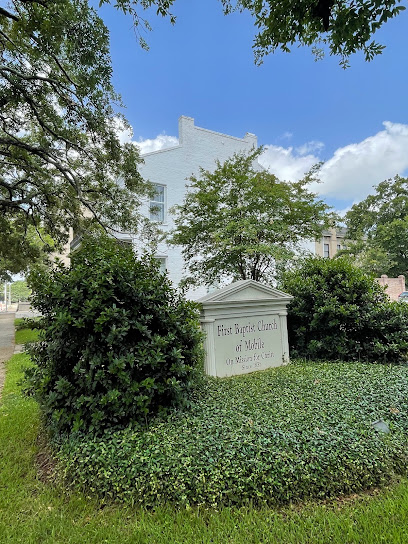
Oakleigh Historic District
Experience the enchanting Oakleigh Historic District in Mobile, Alabama, where history and Southern charm converge in stunning architecture and captivating stories.
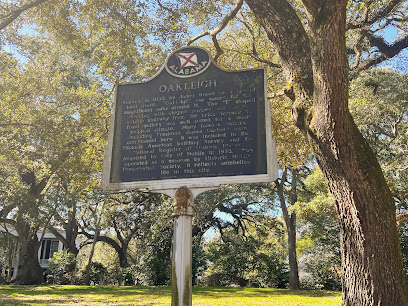
Mobile Hidden Figures Historical Marker
Explore the Mobile Hidden Figures Historical Marker: a tribute to the incredible African American women who changed the course of history in science and space exploration.
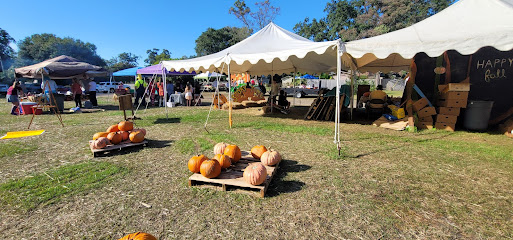
Unmissable attractions to see
Historic Mobile Preservation Society
Explore the Historic Mobile Preservation Society, a captivating museum showcasing Mobile's architectural heritage and rich cultural history.
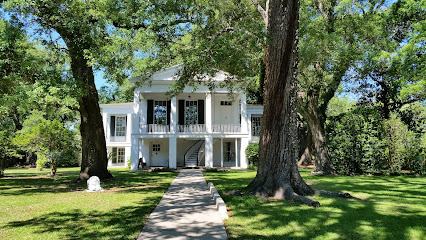
Midtown Historic District
Discover the historical allure of Midtown Historic District in Mobile, Alabama, where timeless architecture and Southern charm blend seamlessly.
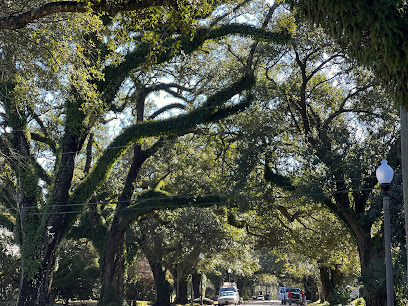
Essential places to dine
Spot of Tea
Experience delicious American cuisine at Spot of Tea in Mobile – your perfect breakfast, brunch, or lunch destination.
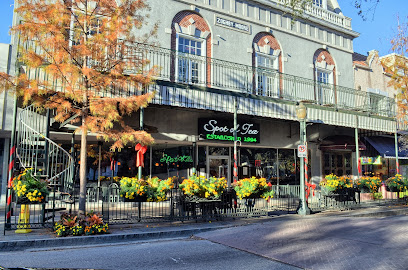
Bob's Downtown Restaurant
Discover delicious breakfasts at Bob's Downtown Restaurant in Mobile - where every meal is made with love and Southern charm.
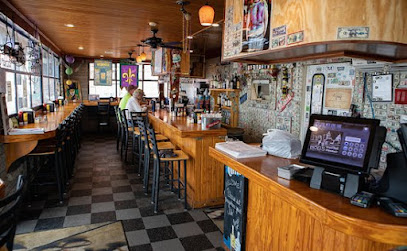
Squid Ink Eclectic Eats and Drinks
Discover the vibrant flavors at Squid Ink Eclectic Eats and Drinks – where creativity meets comfort in Mobile's culinary scene.
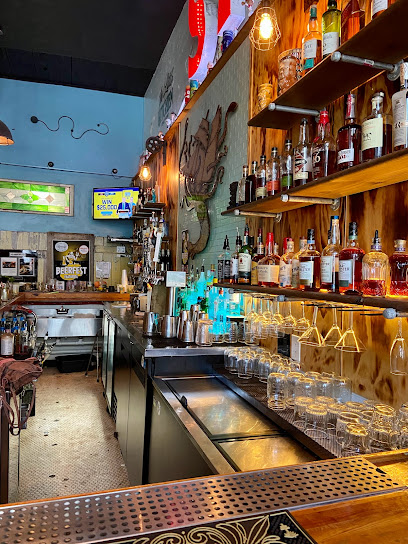
The Blind Mule
Discover vibrant Southern flavors at The Blind Mule in Mobile - where eclectic decor meets exceptional cuisine.
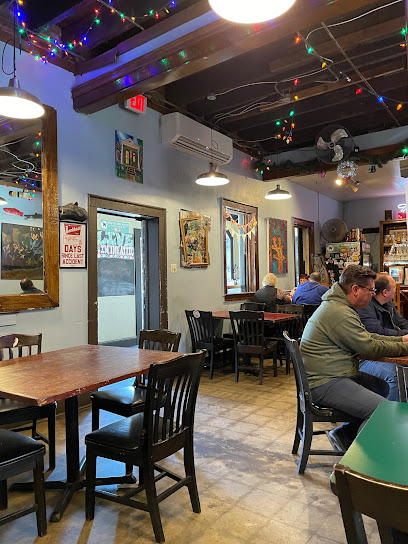
The Noble South
Experience innovative Southern cuisine at The Noble South in Mobile - where tradition meets contemporary dining excellence.
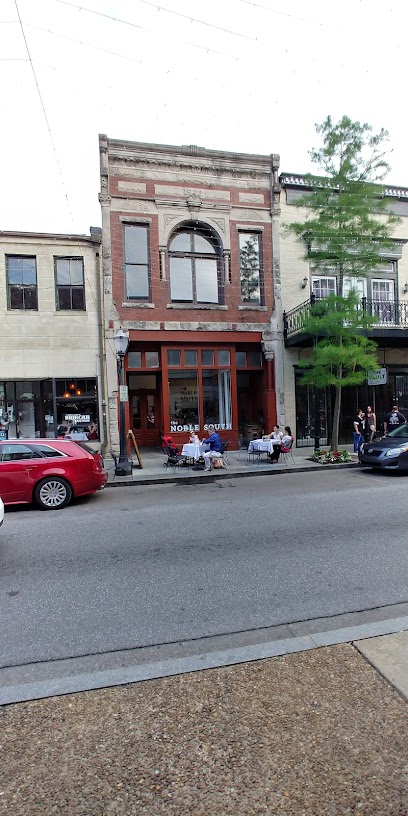
Dumbwaiter Restaurant
Experience culinary artistry at Dumbwaiter Restaurant in Mobile, AL – where exquisite flavors meet elegant ambiance.
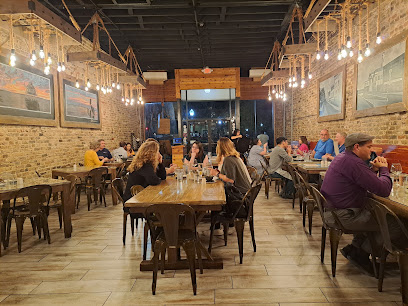
Grace
Experience modern American cuisine at Grace in Mobile—where innovative dishes meet vibrant cocktails in an elegant setting.
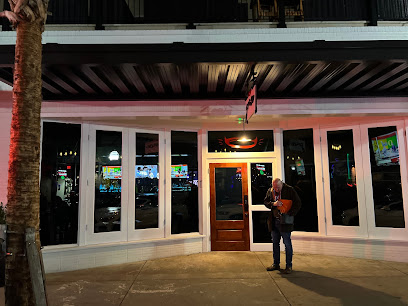
The Hummingbird Way Oyster Bar
Experience exquisite seafood dining at The Hummingbird Way Oyster Bar—where tradition meets culinary excellence in Mobile.
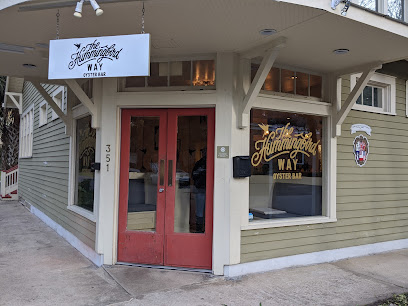
Trellis Room
Experience Southern hospitality at Trellis Room - Mobile's charming diner serving classic comfort food in an inviting setting.
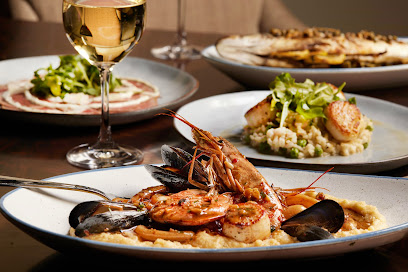
JERMAINTOLBERT
Discover the rich flavors of Southern cuisine at Jermaintolbert in Mobile - where every dish tells a story.
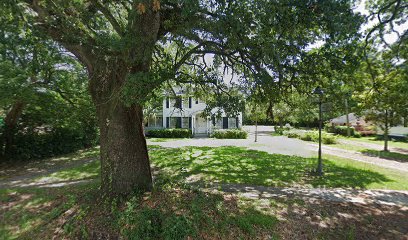
Markets, malls and hidden boutiques
Visitation Shop
Explore the charming Visitation Shop in Mobile, AL for unique religious gifts, seasonal treasures, and a warm shopping experience.
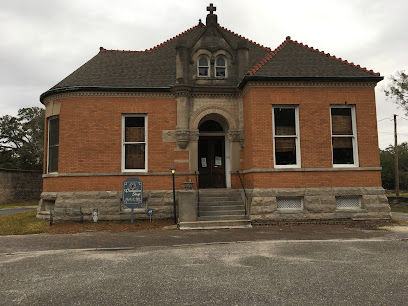
Urban Emporium LLC
Explore Urban Emporium LLC: Your destination for unique gifts, stylish accessories, and exquisite women's fashion in Mobile, Alabama.

Bienville Souvenir & Gifts
Explore Mobile's unique charm at Bienville Souvenir & Gifts, where local treasures and heartfelt souvenirs await every traveler.
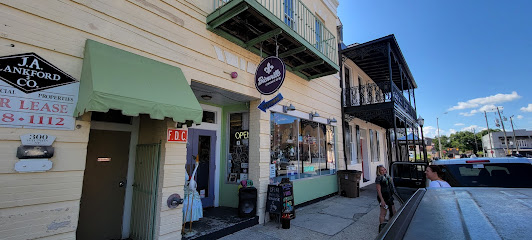
Paul's Trading Post
Explore Mobile's vibrant music scene at Paul's Trading Post, a beloved record store and consignment shop brimming with vintage finds and local charm.
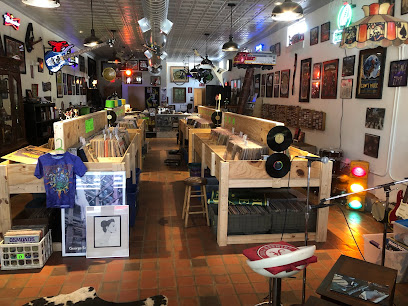
Olde Mobile Antiques Gallery & Estate Sales
Explore Olde Mobile Antiques Gallery for a unique blend of history, charm, and exquisite collectibles in the heart of Mobile, Alabama.
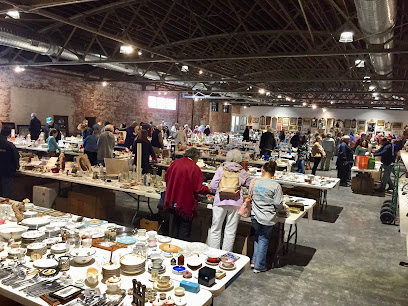
Joyous Goat Coffee & Tea Gift Shop
Experience the best of Mobile at Joyous Goat Coffee & Tea Gift Shop, where quality beverages meet charming local gifts in a cozy atmosphere.
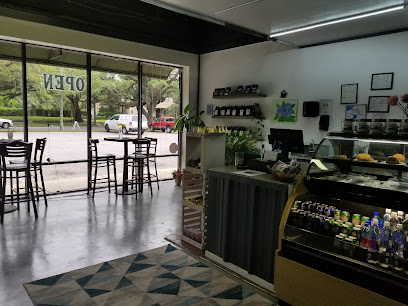
Mardi Gras and More Gift Shop
Discover the vibrant spirit of Mobile, Alabama at Mardi Gras and More Gift Shop, your go-to destination for unique gifts and local memorabilia.
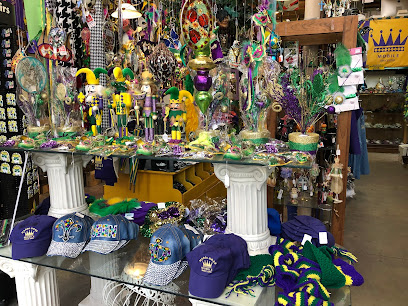
Atchison Home
Explore Atchison Home, a hidden gem in Mobile, Alabama, offering exquisite antique furniture and unique decor to elevate your home.
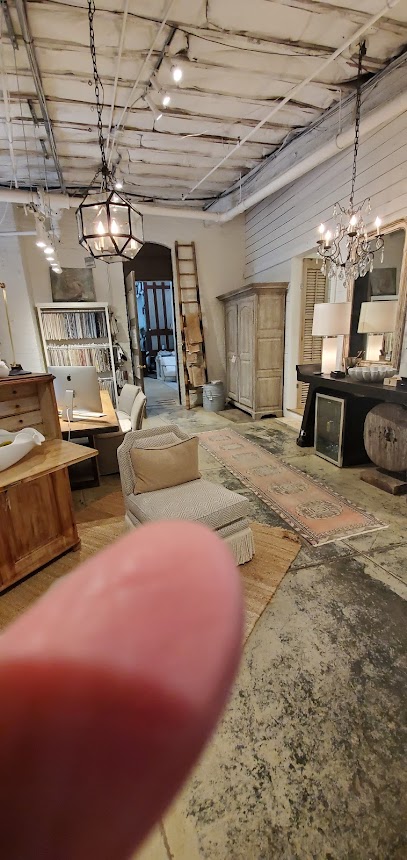
Gaillard's Gift Shop at Mobile Infirmary
Experience the charm of Mobile at Gaillard's Gift Shop – a treasure trove of unique gifts reflecting local artistry and culture.
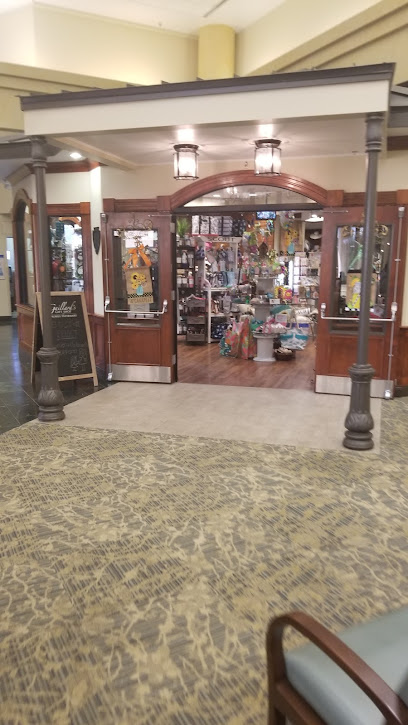
Samagree
Explore Samagree in Mobile, AL, where timeless antiques and artistic handicrafts await, offering unique treasures for every collector and visitor.
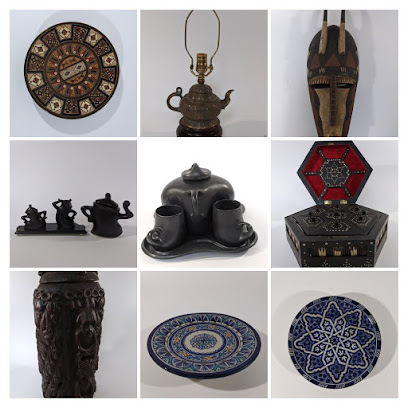
Essential bars & hidden hideouts
Callaghan's Irish Social Club
Immerse yourself in the authentic Irish experience at Callaghan's Irish Social Club, where great food meets lively entertainment in Mobile, Alabama.

The Haberdasher
Experience the vibrant nightlife of Mobile, Alabama at The Haberdasher, where expertly crafted cocktails and a cozy atmosphere await.
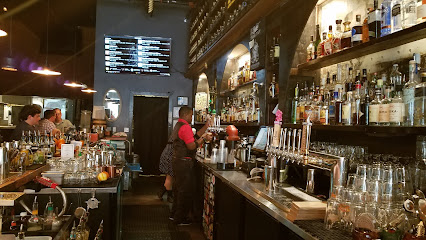
Kazoola Eatery & Entertainment
Discover the lively atmosphere at Kazoola Eatery & Entertainment, a top bar in Mobile, Alabama, offering great food, drinks, and vibrant entertainment.

Alchemy Tavern
Discover the vibrant nightlife at Alchemy Tavern, a local favorite in Mobile, AL, offering craft drinks and a lively atmosphere.

O'Daly's Irish Pub
Experience the warmth of Irish hospitality at O'Daly's Irish Pub, where delicious food and a vibrant atmosphere await in the heart of Mobile.

Hayley's Bar
Experience the vibrant nightlife of Mobile at Hayley's Bar, where craft cocktails and friendly faces await.
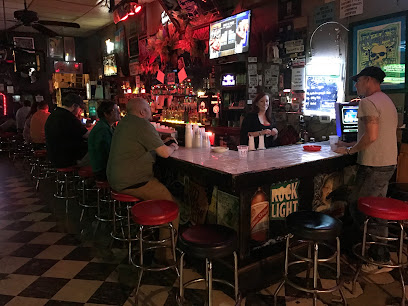
Garage
Experience the vibrant atmosphere and eclectic drink selection at The Garage, Mobile's go-to bar for locals and tourists alike.

POST
Discover the lively ambiance of POST - Mobile's top cocktail bar, offering creative drinks and a vibrant atmosphere in the heart of Alabama.
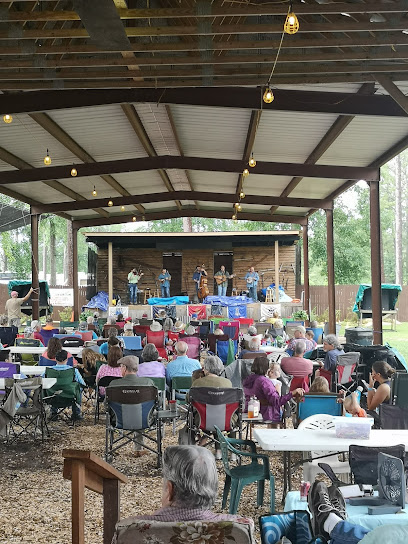
The Midtown Pub
Experience the vibrant nightlife at The Midtown Pub in Mobile, a welcoming bar known for its inclusivity and lively atmosphere.
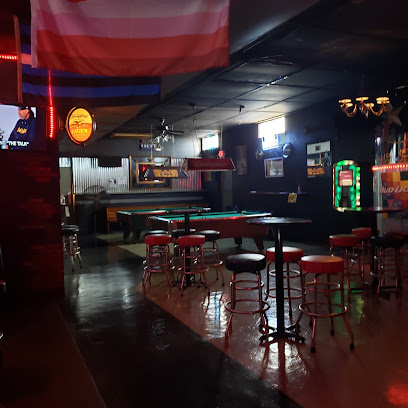
Royal Street Tavern
Discover the lively ambiance of Royal Street Tavern, a must-visit bar in Mobile, Alabama, known for its craft cocktails and vibrant local culture.
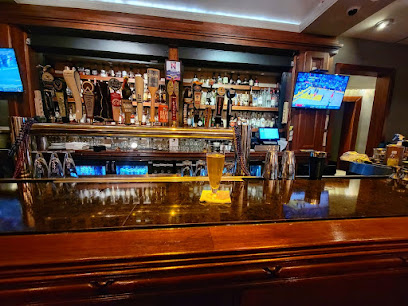
Local Phrases
-
- HelloHey y'all
[hey yawl] - GoodbyeSee ya later
[see ya lay-tur] - YesYessir
[yes-sir] - NoNah
[na] - Please/You're welcomePlease/No problem
[please/no problem] - Thank youThank ya kindly
[thank ya kine-lee] - Excuse me/SorryPardon me/My bad
[pahr-dun me/my bad] - How are you?How y'all doin'?
[how yawl doin'] - Fine. And you?Fine. And you?
[fine. and you?] - Do you speak English?Ya speak English?
[ya speak English?] - I don't understandI ain't catchin' on
[I ain't catchin' on]
- HelloHey y'all
-
- I'd like to see the menu, pleaseLet me look at the menu, please
[let me look at the menu, please] - I don't eat meatI don't eat no meat
[I don't eat no meat] - Cheers!Cheers!
[cheers!] - I would like to pay, pleaseI need to settle up, please
[I need to settle up, please]
- I'd like to see the menu, pleaseLet me look at the menu, please
-
- Help!Help!
[help!] - Go away!Git outta here!
[git outta here!] - Call the Police!Ring up the Law!
[ring up the Law!] - Call a doctor!Get a Doc on the line!
[get a Doc on the line!] - I'm lostI done got turned around
[I done got turned around] - I'm illI'm feelin' poorly
[I'm feelin' poorly]
- Help!Help!
-
- I'd like to buy...I wanna get...
[I wanna get...] - I'm just lookingJust browsin'
[just brow-zin'] - How much is it?How much does it run?
[how much does it run?] - That's too expensiveThat's too steep
[that's too steep] - Can you lower the price?Can ya bring it down some?
[can ya bring it down some?]
- I'd like to buy...I wanna get...
-
- What time is it?What's the time?
[what's the time?] - It's one o'clockIt's one o'clock
[it's one o'clock] - Half past (10)Half past ten
[half past ten] - MorningMornin'
[mornin'] - AfternoonAfternoon
[afternoon] - EveningEvenin'
[evenin'] - YesterdayYest'day
[yest'day] - TodayToday
[today] - TomorrowTomorra
[tomorra] - 1One
[one] - 2Two
[two] - 3Three
[three] - 4Four
[four] - 5Five
[five] - 6Six
[six] - 7Seven
[seven] - 8Eight
[eight] - 9Nine
[nine] - 10Ten
[ten]
- What time is it?What's the time?
-
- Where's a/the...?Where's the...?
[where's the...?] - What's the address?What's the address?
[what's the address?] - Can you show me (on the map)?Can you show me (on the map)?
[can you show me (on the map)?] - When's the next (bus)?When's the next (bus)?
[when's the next (bus)?] - A ticket (to ....)A ticket (to ....)
[a ticket (to ....)]
- Where's a/the...?Where's the...?
History of Historic District
-
Mobile's Historic District is rooted in its founding in 1702 by French colonists. As one of the earliest European settlements in the region, it served as a crucial trading post and military outpost. The city was named after the Maubila tribe, and the French influence is evident in the architecture and street names that reflect its colonial past.
-
In 1864, during the Civil War, Mobile Bay became the site of a significant naval battle. The Union fleet sought to capture the bay, which was vital for Confederate supply lines. The battle culminated in the surrender of Fort Morgan and significantly weakened Confederate control in the region. This event marked a pivotal moment in Mobile's history and is commemorated in various historical sites within the district.
-
The late 19th and early 20th centuries saw a flourishing of architecture in the Historic District, with the construction of grand homes and public buildings. Notable structures include the Mobile Public Library and the Saenger Theatre, showcasing styles ranging from Neoclassical to Victorian. This period solidified Mobile's reputation as a cultural hub in the Gulf Coast region.
-
Mobile claims the title of the birthplace of Mardi Gras in the United States, with celebrations dating back to the early 18th century. The Historic District is home to numerous krewes and annual parades that reflect the city's rich cultural heritage, blending French, Spanish, African, and Native American influences. The festive atmosphere during this season draws visitors from far and wide.
-
In the late 20th century, the Historic District underwent significant preservation efforts to maintain its unique character. Organizations like the Mobile Historic Development Commission have worked tirelessly to restore historic homes and buildings, ensuring that Mobile's heritage is not lost to modernization. This commitment to preservation has made the district a vibrant community that honors its past while embracing the future.
Historic District Essentials
-
The Historic District in Mobile, Alabama, is easily accessible from other neighborhoods. If you're arriving by car, the district is conveniently located near major highways such as I-65 and I-10. For those using public transport, the Mobile Transit System offers bus services that connect various neighborhoods to the Historic District. The nearest airport is Mobile Regional Airport, about 13 miles away, with taxi and shuttle services available to reach the district.
-
The Historic District is best explored on foot, as many of its attractions are within walking distance of one another. For those who prefer cycling, bike rentals are available, and the area features bike lanes. The Mobile Transit System also operates buses that serve the Historic District, making it easy to navigate the city. If you need to cover longer distances, consider using rideshare services like Uber or Lyft.
-
The Historic District is generally safe for tourists, but it's wise to remain vigilant. Areas around the outskirts of the district may experience higher crime rates, particularly related to theft and petty crime. It is advisable to avoid deserted streets at night and to keep valuables secured. Always stay aware of your surroundings and consider traveling in groups when possible.
-
In case of an emergency, dial 911 for immediate assistance. The Mobile Police Department and local hospitals are equipped to handle emergencies. Familiarize yourself with the locations of nearby hospitals and pharmacies. It's also recommended to have travel insurance that covers medical emergencies. For non-urgent health issues, local pharmacies can provide over-the-counter medications.
-
Fashion: Do wear comfortable walking shoes and dress appropriately for the weather. Don't wear overly casual attire when dining in upscale restaurants. Religion: Do respect local customs, particularly when visiting historical churches. Public Transport: Do be courteous and offer your seat to the elderly. Don't eat or drink on public buses. Greetings: Do greet locals with a friendly smile and a nod. Eating & Drinking: Do try local dishes, especially seafood. Don't waste food or refuse an offered drink, as hospitality is highly valued.
-
To experience the Historic District like a local, consider joining a guided walking tour to learn about its rich history and architecture. Visit local markets for fresh produce and handmade crafts. Engage with local shop owners and residents, as they often have fascinating stories about Mobile's past. Don't miss the seasonal festivals and events, which showcase the vibrant culture of the area. Lastly, try to explore the side streets and lesser-known spots for a more authentic experience.
Nearby Cities to Historic District
-
Things To Do in Petaluma
-
Things To Do in Daphne
-
Things To Do in Fairhope
-
Things To Do in Foley
-
Things To Do in Gulf Shores
-
Things To Do in Orange Beach
-
Things To Do in Biloxi
-
Things To Do in Pensacola
-
Things To Do in Gulfport
-
Things To Do in Hattiesburg
-
Things To Do in Fort Walton Beach
-
Things To Do in Destin
-
Things To Do in Slidell
-
Things To Do in Meridian
-
Things To Do in New Orleans


